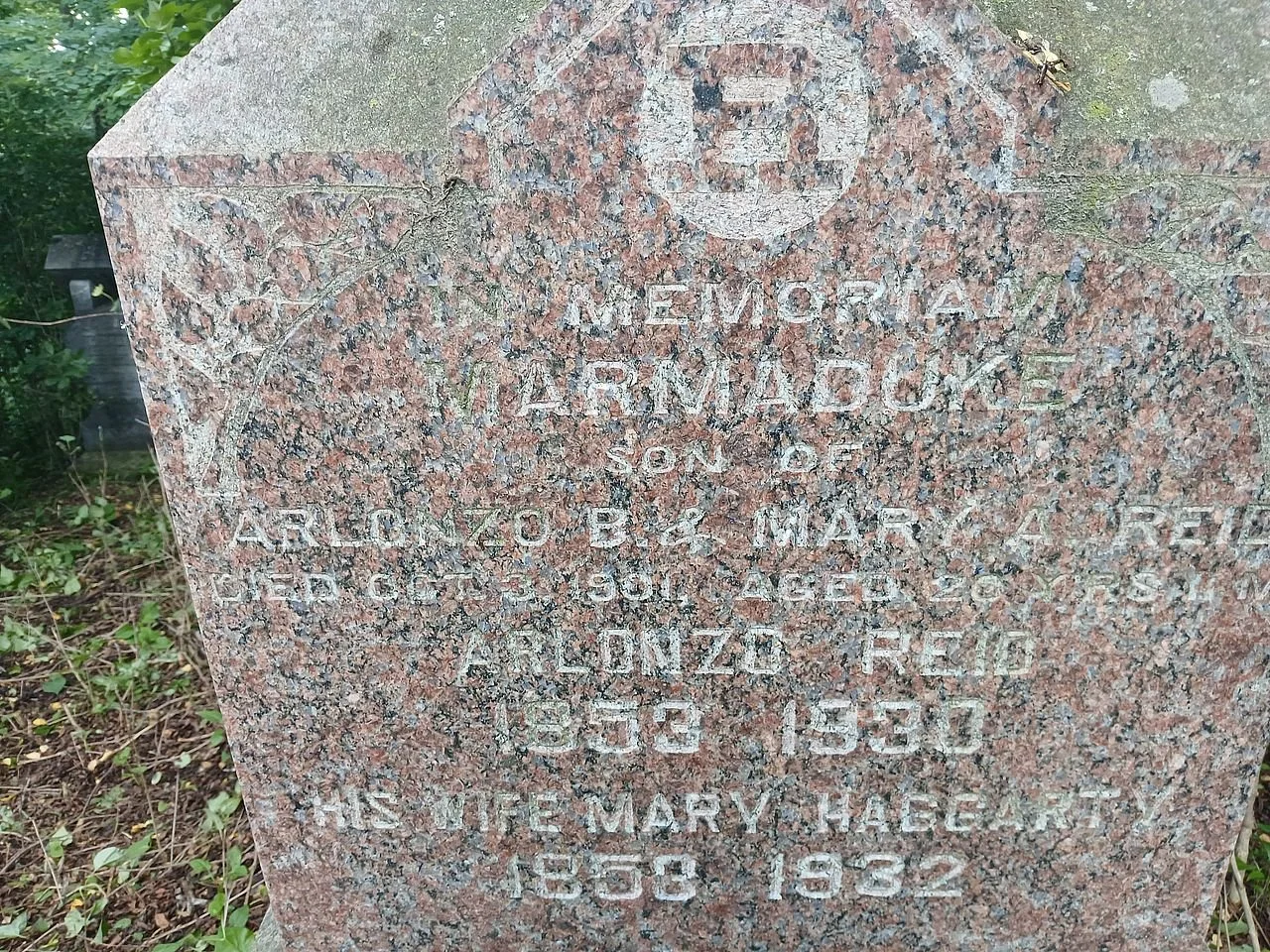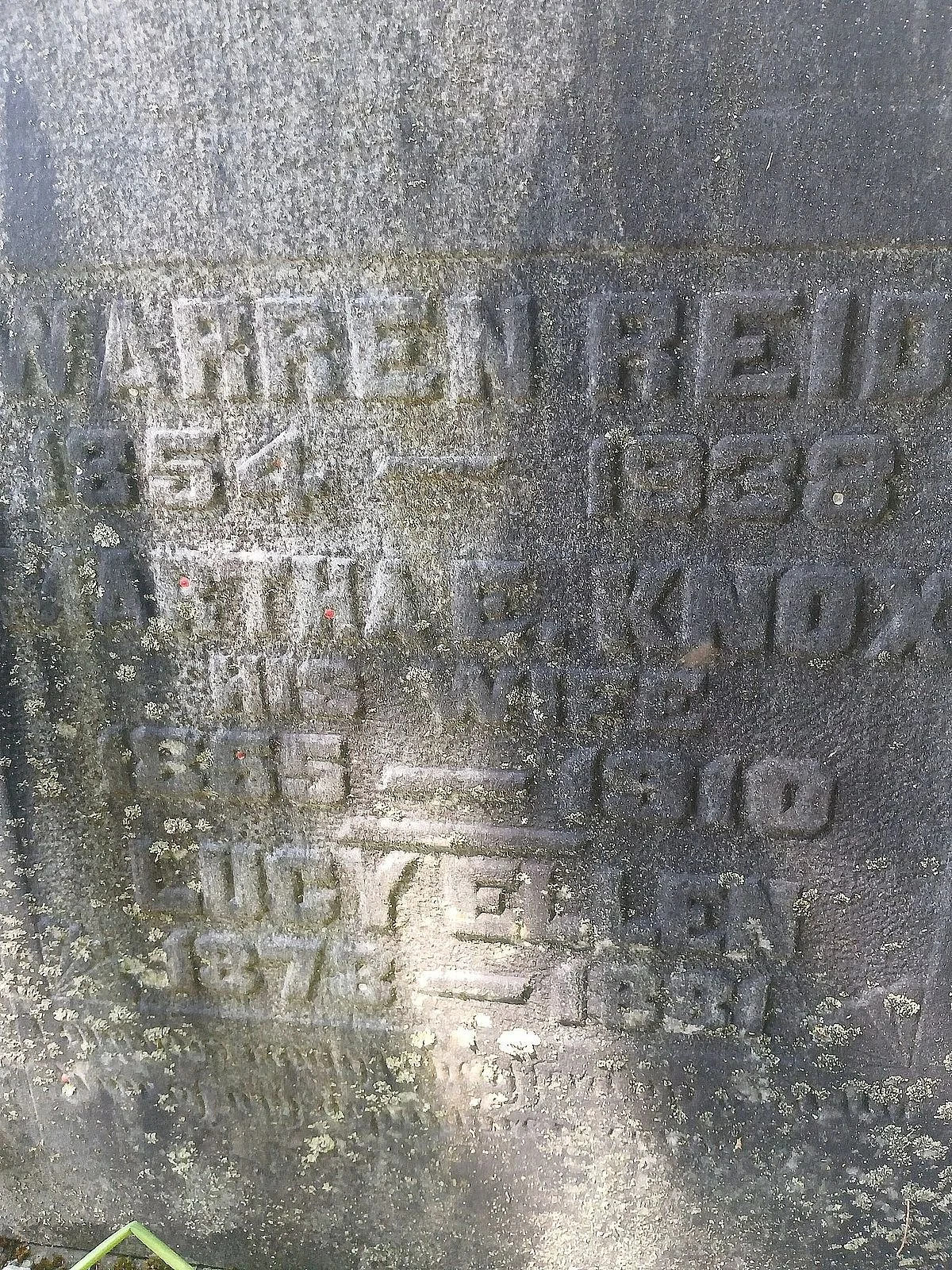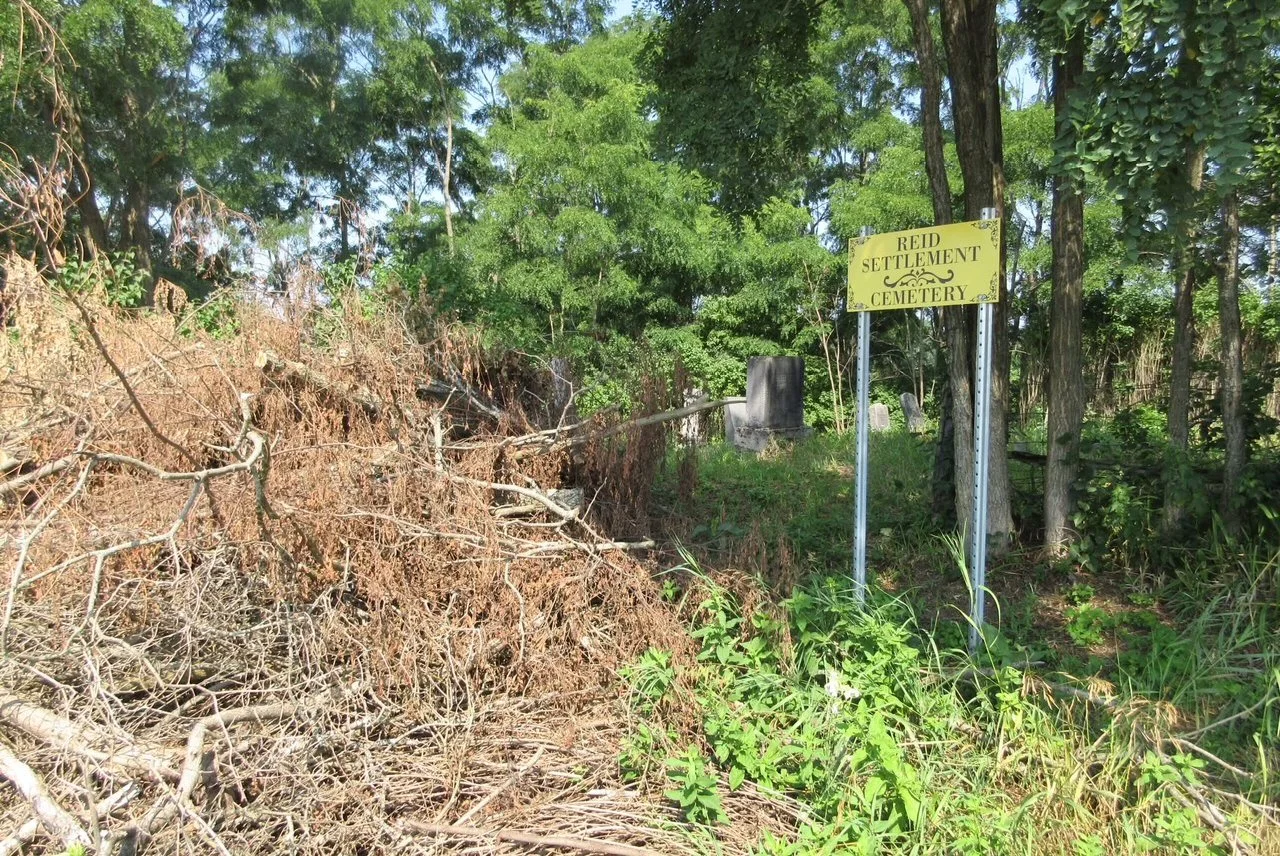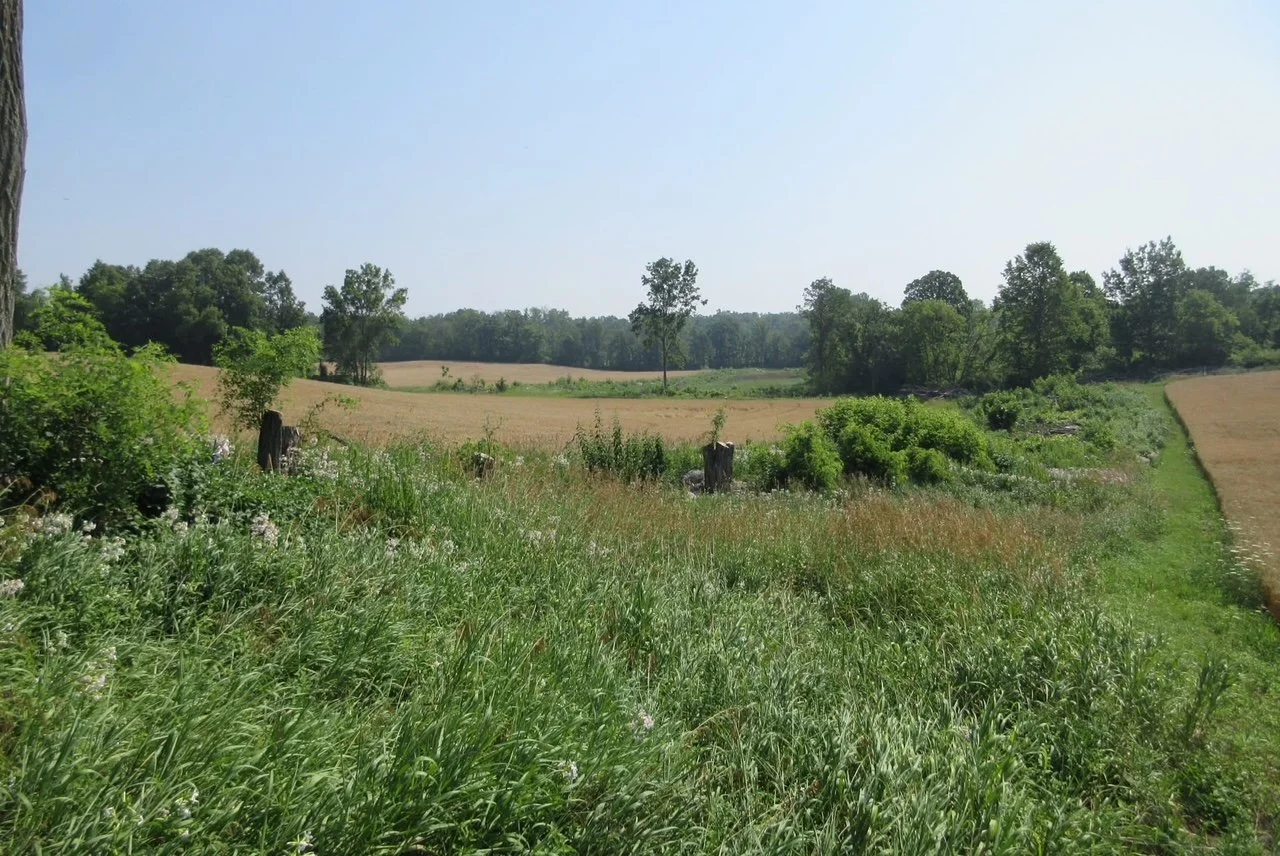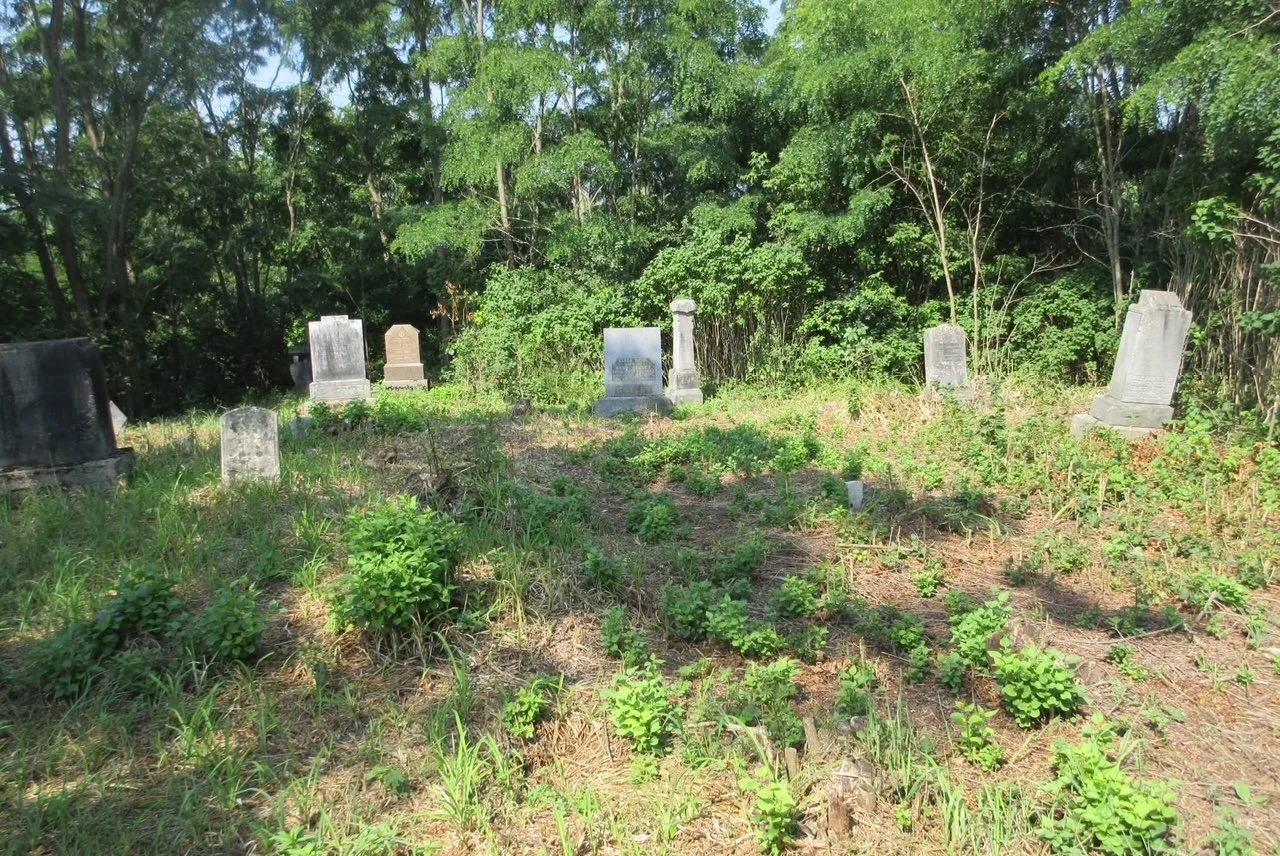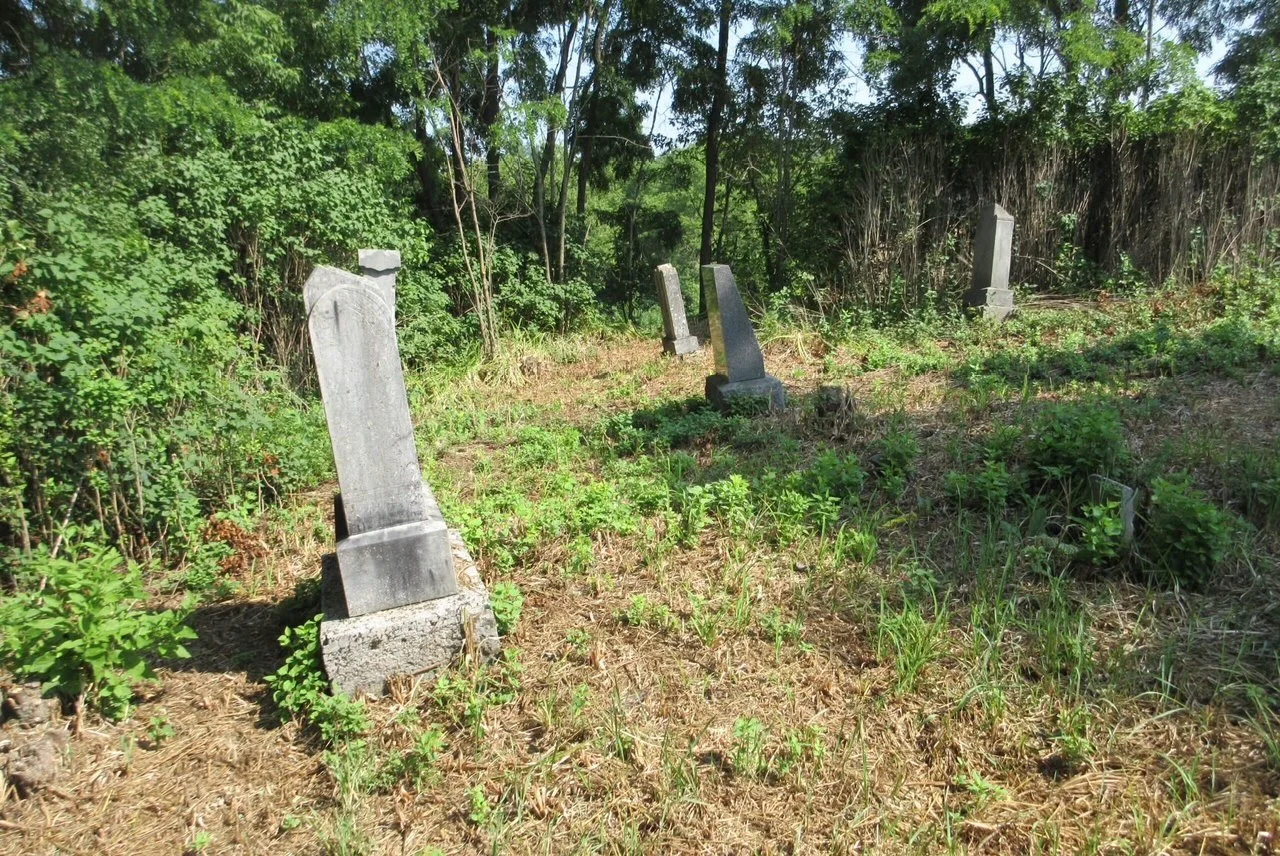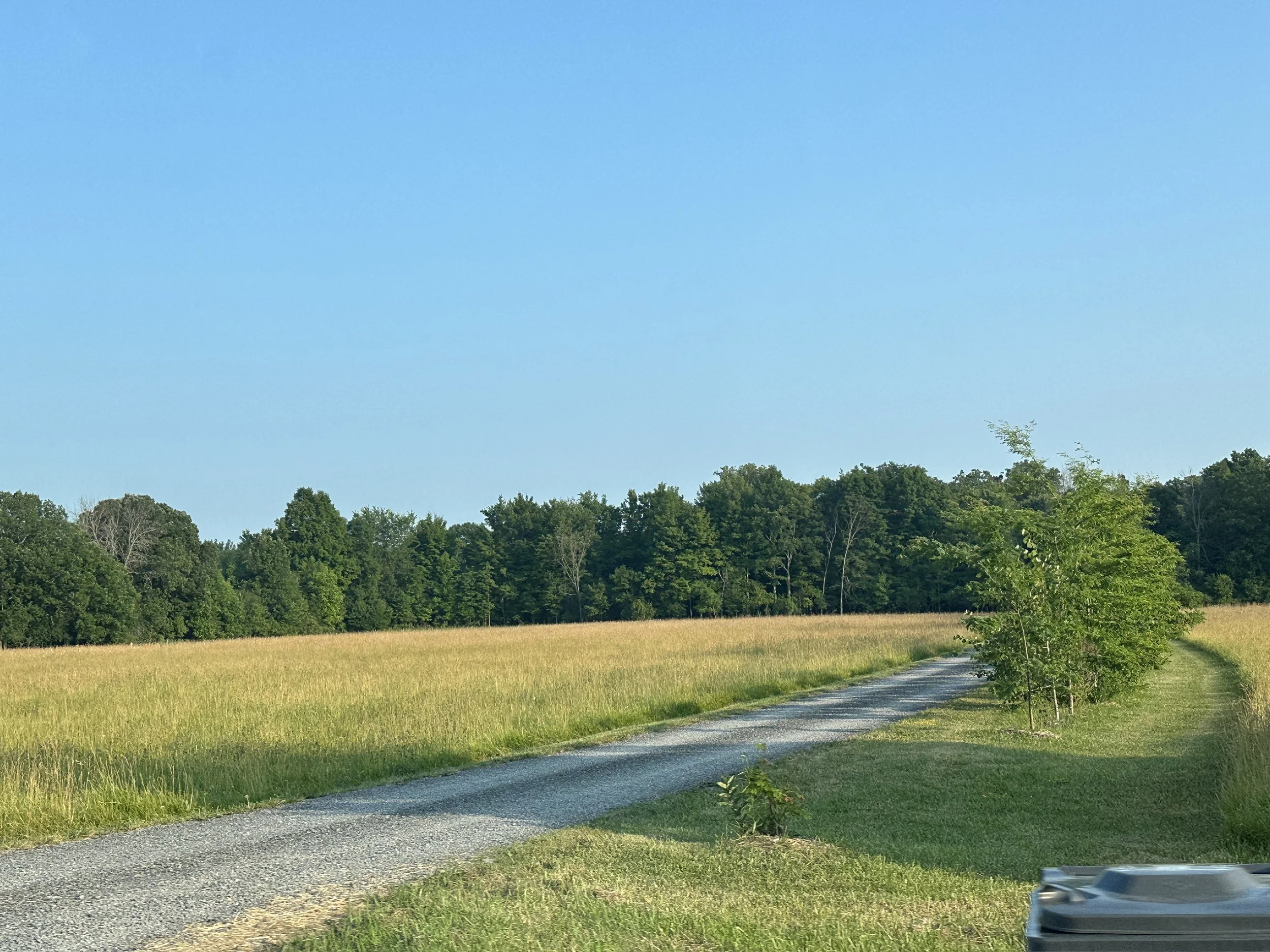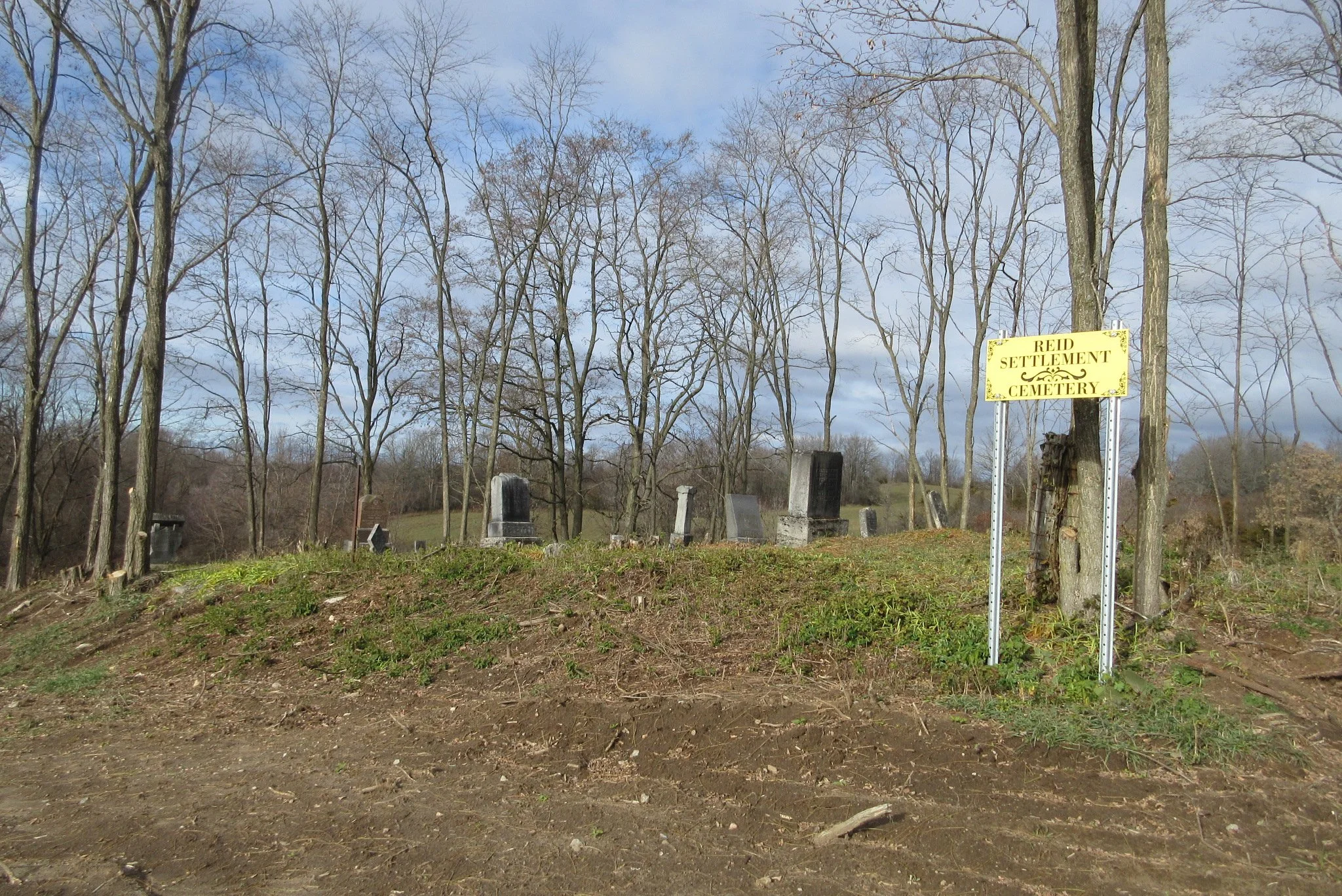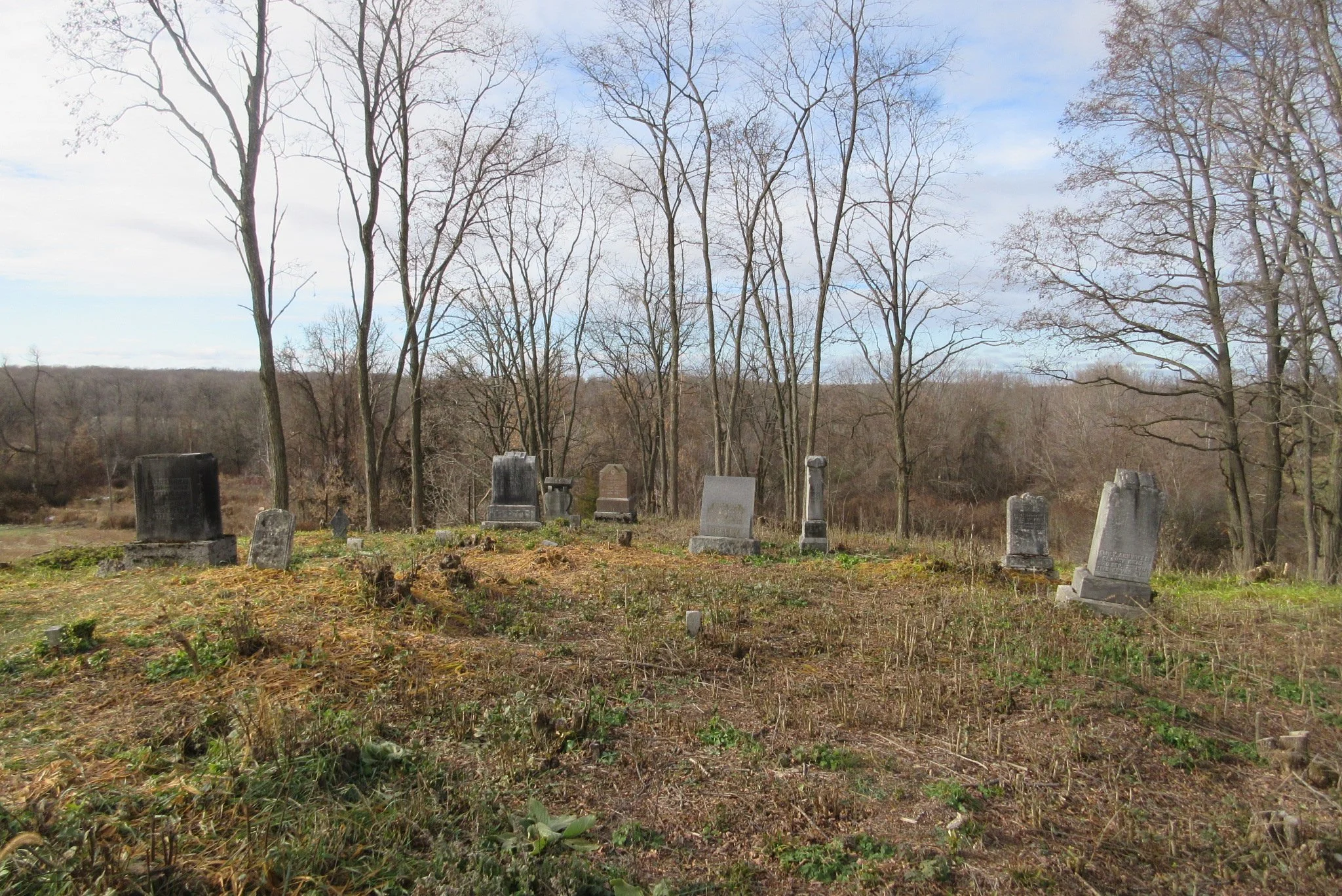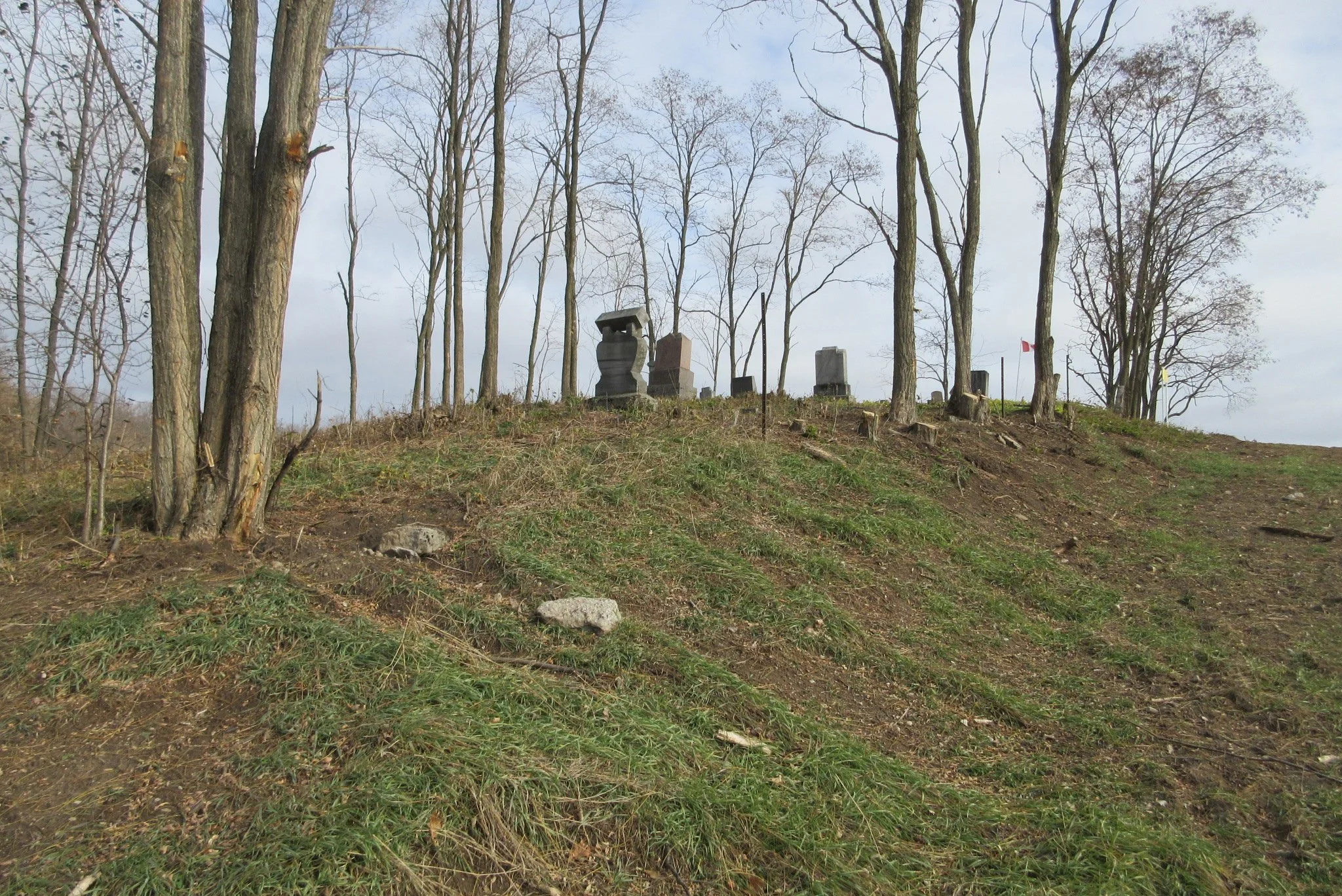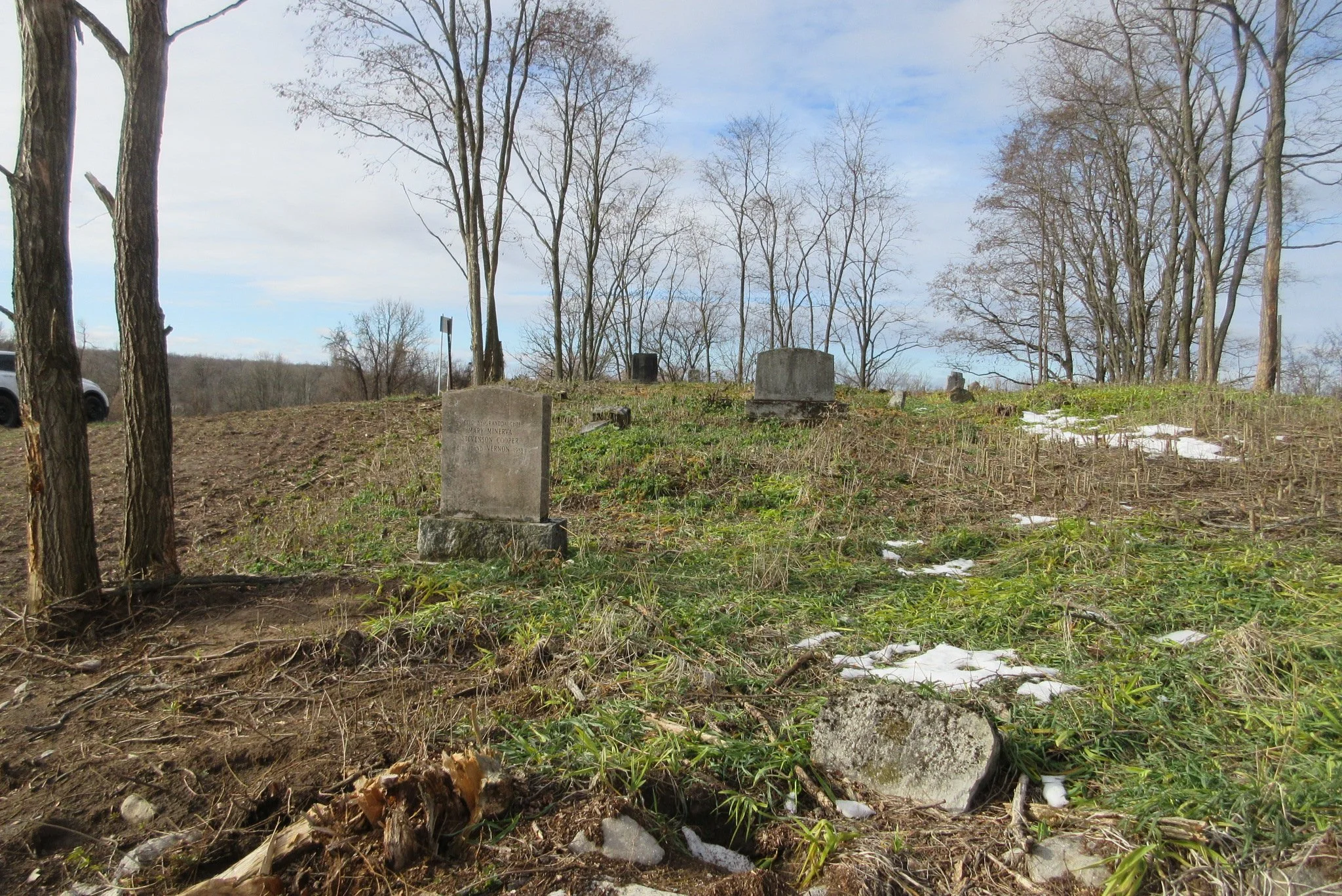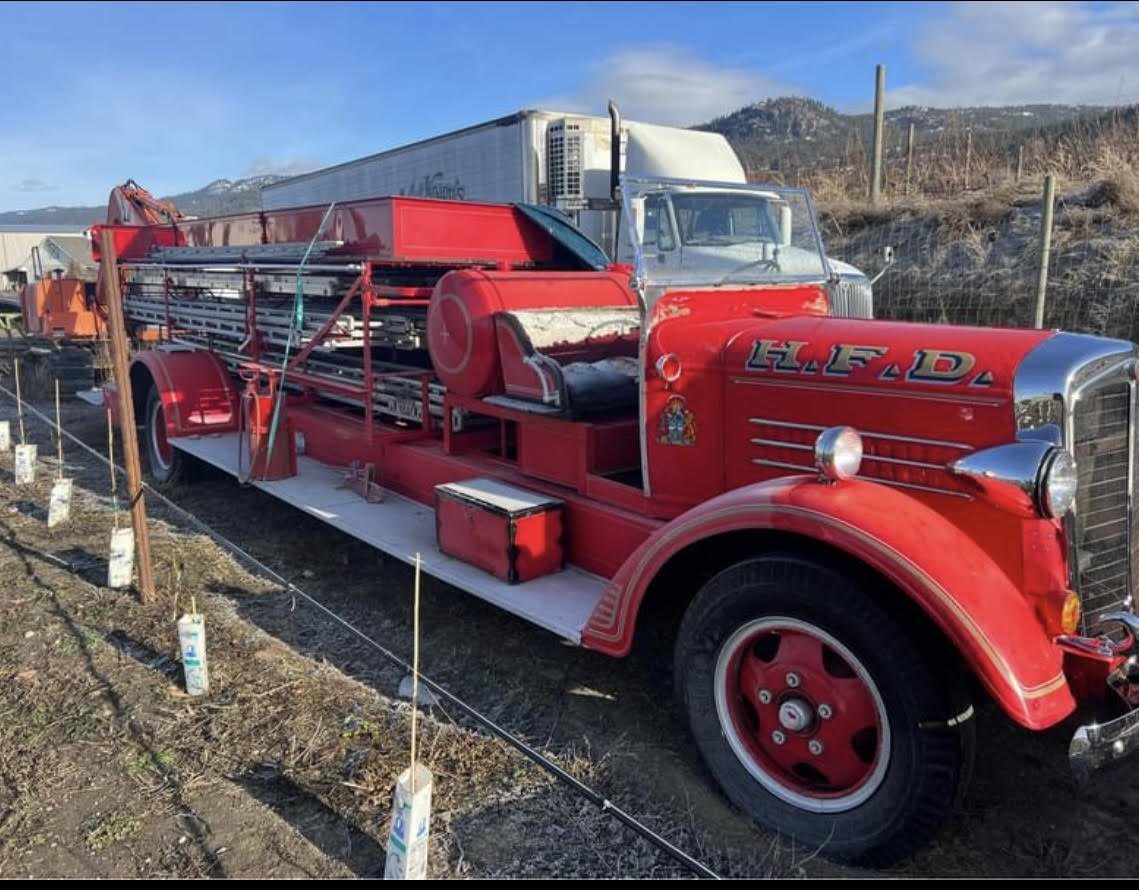WAS THE MARMORATON MINE A FAMILY AFFAIR?
/We recently received an email from Rob Borland, who sent us photos of not just his dad, Robert Borland, but also his grandfather, Mel Borland, both of whom worked at the Marmoraton Mine. Mel Borland was one of the earliest hired in June of 1953 as a metallurgical Mining Engineer, remaining there until he retired in July of 1971. Before joining Bethlehem Steel Corp. we worked for the Deloro Smelting and Refining Co.
Mel Borland
Working beside Mel was his son, Robert, who joined the company on April 25, 1955 as the safety engineer. He was highly regarded by the firm as, during his term, they set a record of over 1,000,000 man-hours without a lost time accident. His stay in Marmora ended when Bethlehem arranged for him to be transferred to a new mine in northern Minnesota in 1974.
So that got us thinking…….
robert (bob) borland
Were workers at the mine keeping it a family affair? While we can’t confirm father-son teams, or uncle-nephew teams, we did notice groups of the same family name - Cousins, for sure.
There are 24 examples of groups of three, like BROOKS, Stan, Thomas & William; McFARLANE, Gordon, James & Elmer, and BRADY, Paul, Leona (Husband and wife) and Thomas, or TERRION, STEENBURG and CAVERLY
The list mentions 10 examples of groups of 4: BOWENS, Don, Fred, Glenn and Lawrence, WARREN, Bob, Buck Garry and Randy, or GRANT, Frank, Gordon, Jack & Wayne, to name a few
Groups of 5 are represented by eight families - BERTRANDS, DERRYS, GRAY, McINROYS, NOBES, REID, REYNOLDS & BOOTH Alex, Dean, Ralph, Bert & Bob,;
and the names BEDORE and ELLIS each have 6 family members working at the mine.
AND WHO ARE THE BIG SCORERS?
7 FAMILY MEMBERS -THE BARRONS, Don on shovel, Everett in trucks, Harry on drill, Joseph on Bulldozer, Norman busy welding, Robert manning a shovel and Steward. pit foreman;
THE SHANNONS - Clarence (plant foreman) Dennis hard at work, Donald (a foreman), John (a millwirght), Mark (labourer), Stafford (a guard) and Thomas (store keeper)
But the prize goes to the biggest family group of 9 THE BELLS
ALLEN and CECIL J. who started in 1952, driving trucks
BARTON, TERRENCE and CECIL F. were listed as labourers
BORDEN, also started in 1952, welder
GRAHAM, 1952, foreman
LESLIE, 1952, Boiler
JOHN was a mining engineer
COMMENT FROM GRAHAM BELL -
I wanted to thank All who contributed to the Photo’s and to the staff at the Historical Foundation, I thoroughly enjoyed this article! I haven’t been to the operating Mine in over 60 years, when my Dad worked there years back. I still recall so many of the staff, both inside and out, the faces pulled memories out, dusted them off and made me smile. Thank You for bringing back those great memories!
Back row: Gordon Donaldson, Francis Bosley Middle Row: Ron Smith, Charles Campion, Frank Young, Earl Clemenger, James McClary Front row: Douglas Coleman, Robert Booth, Wellington (Pete) McInroy, Donald Bowen
YOU CAN SEE THE COMPLETE LIST OF EMPLOYEES AND MORE ON OUR “MEN OF STEEL” PAGE
CLICK HERE
SEND US YOUR PHOTOS OF MARMORATON MINE WORKERS TO info@marmorahistory.ca



























